
Building London first visited Cheesewring Quarry sited on the south east of Bodmin Moor in 2021 https://buildinglondon.blog/2021/08/15/7-cheesewring-quarry-on-bodmin-moor/ and returned recently.
The Cheesewring quarry is near the village of Minions in Liskeard in Cornwall, once the centre of intense mining, of copper and quarrying. [1]

The quarry supplied large amounts of the granite that was used to build London, including the London Docks, Westminster in 1862-8 and Tower Bridge in 1887-9. The granite was transferred by train down to from Looe where it was shipped to London and the Cheesewring Granite Wharf at Belvedere Road at Lambeth. [2]
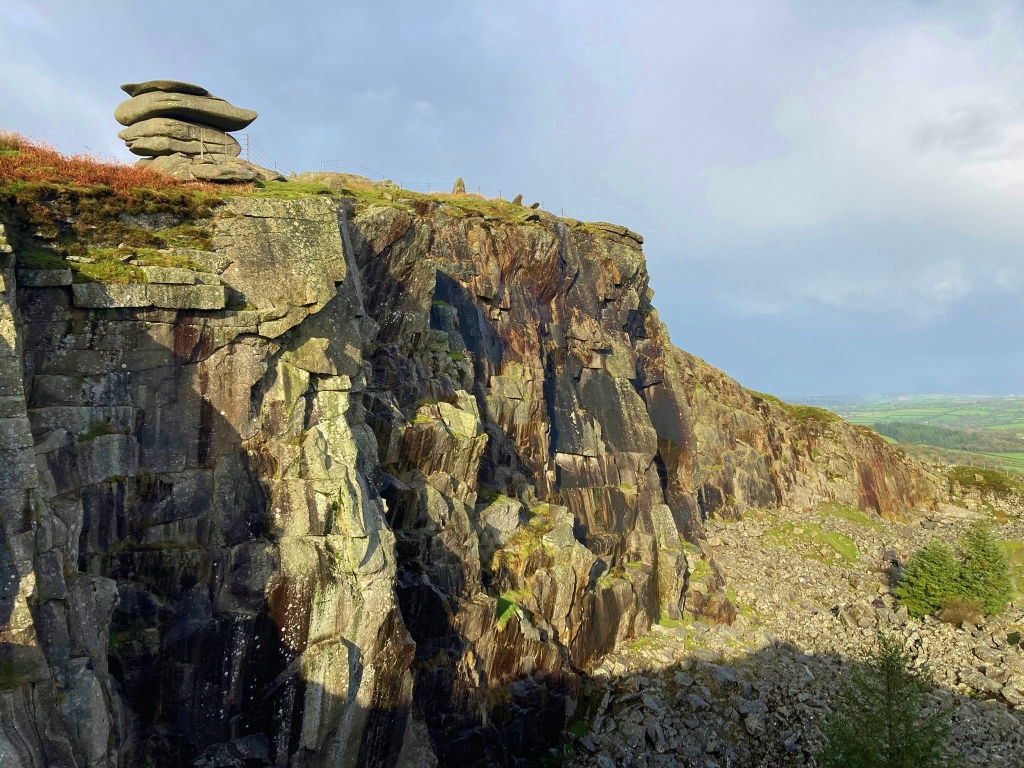
In the 1840s the Cheesewring owners quarried and carved a magnificent column for the Great Exhibition in Hyde Park of 1850 and we know the route it took to London. It was afterwards re-erected in a field in Stroud where it still stands!
“The shaft of the column was worked in the Cheesewring Quarry, owned by the Duchy of Cornwall, before being sent to London. It was horse-drawn for nearly nine miles to Moorswater, near Liskeard, on the Liskeard and Caradon railway. This had a truck “on eight wheels of very superior construction” for carrying granite (West Briton, 20 March 1846). Here it was transferred to the Liskeard and Looe Union Canal for a six mile journey to Looe, where it was loaded onto a sailing vessel and shipped to London. Finally the shaft was unloaded at the Cheesewring granite wharf at Lambeth. The pedestal, cap and base to the column were worked there. The products were then horse-hauled to Hyde Park, assembled and erected.” [3] [4]
It’s unclear where this is but there was later a stone wharf just to the south of Waterloo Bridge, where the Heyward Gallery is now and this may where the Cheesewring wharf was. Would be interesting to do a bit of mud-larking and see if the beach has a lot of granite!

Peter Stanier has documanted Cheesewring quarry in both his book South West Granite [5] and his brilliant phd [6]
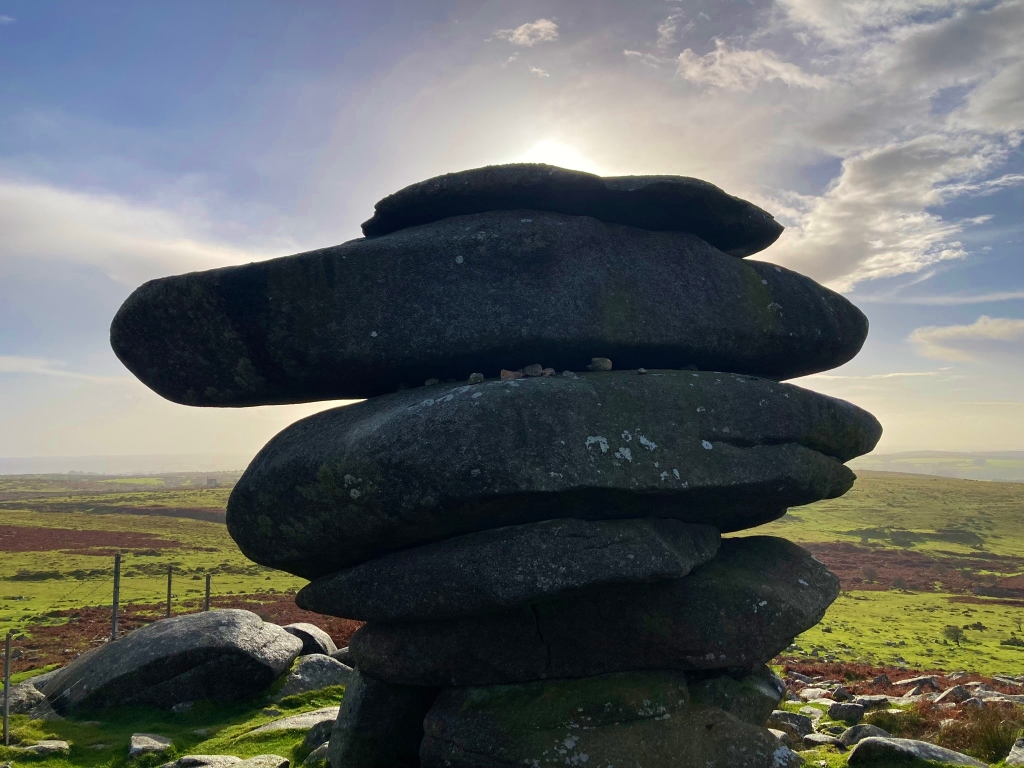

Also pictures of the Cheesewring, one of Dartmoor’s most famous tors proctected by the Duchy of Cornwall in 1845 https://en.wikipedia.org/wiki/Cheesewring and described by Victorian writer Wilkie Collins in his Rambles Beyond Railways in 1861 as like “If a man dreams of a great pile of stones in a nightmare, he would dream of such a pile as the Cheesewring”

In the 1845 the Duchy of Cornwall leased the land for quarrying but decreed that “No act was to be done “which may lend to the injury or defacing of the Druidical remains or natural curiosities existing either on the Cheesewring Hill or elsewhere.” [6]
But by 1870 it was thought that blasting had shifted the ‘cheeses’ and it was seen that the quarrying had encroached on the protected area but after an outcry the stones were protected from then on. [7]
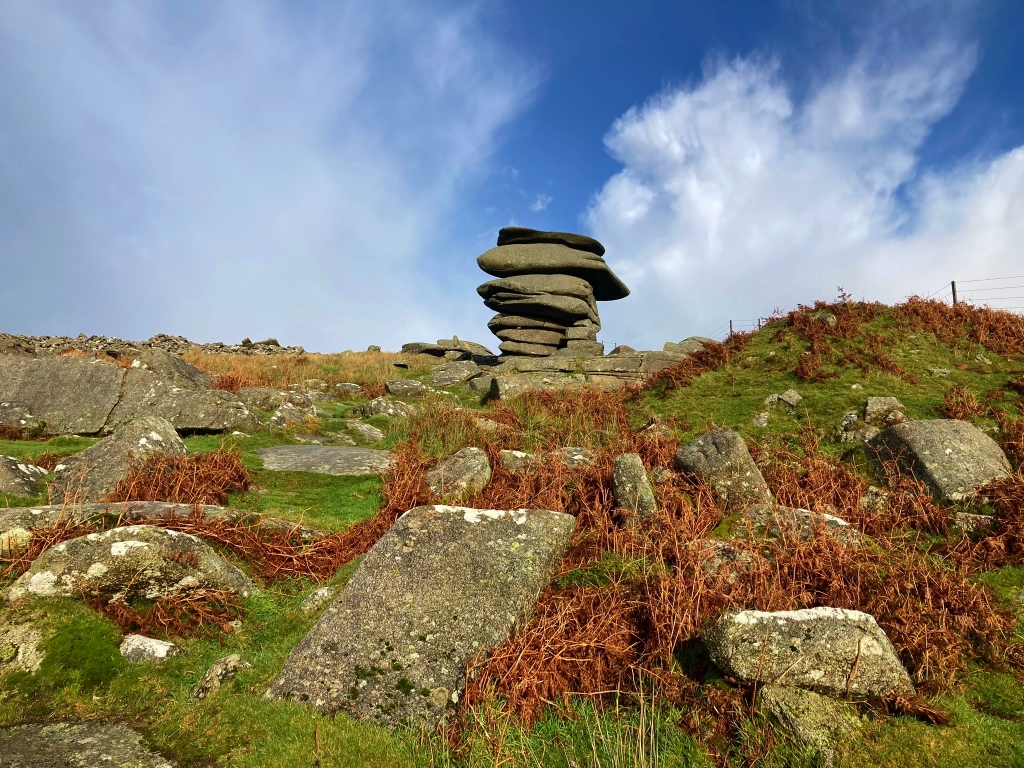
Below the quarry stands the neolithic Hurlers stone circles. [8] [9] [10]


Visting – see https://buildinglondon.blog/2021/08/15/7-cheesewring-quarry-on-bodmin-moor/
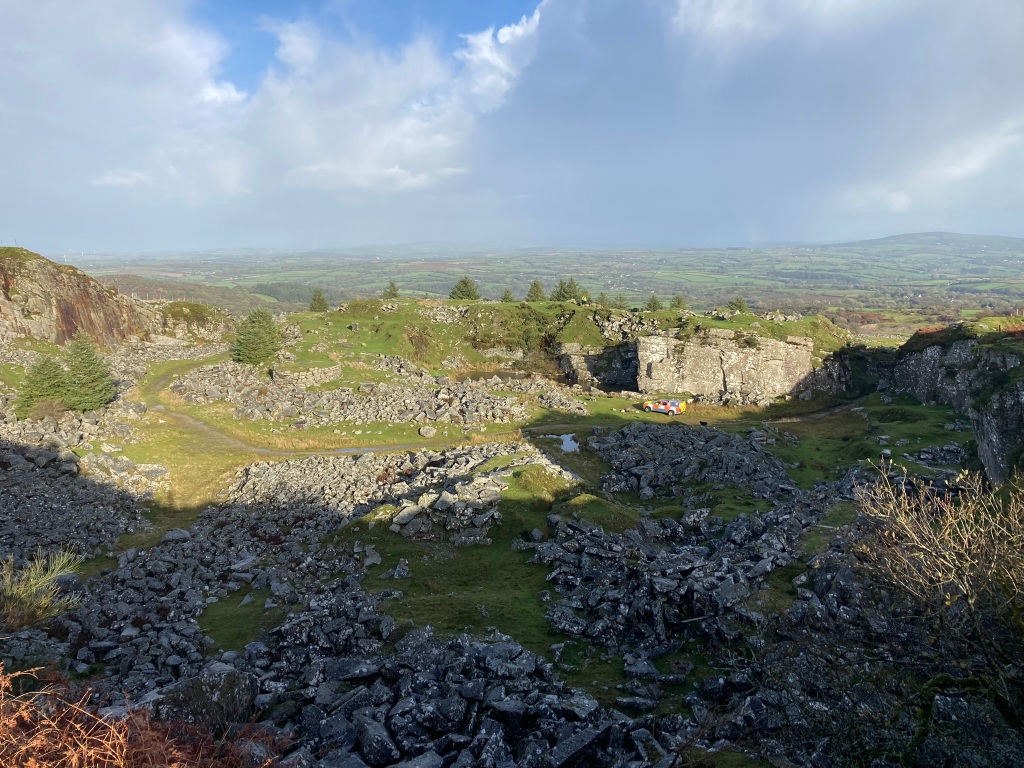
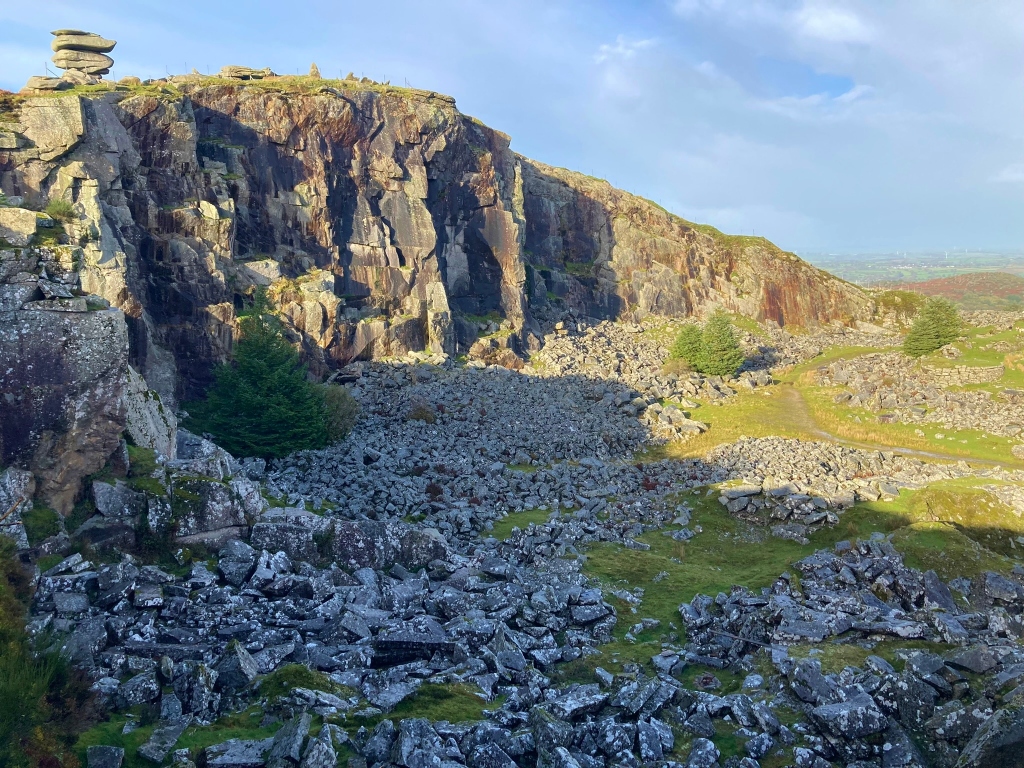
References
[1] https://en.wikipedia.org/wiki/Minions,_Cornwall
[2] https://www.google.co.uk/books/edition/Official_descriptive_and_illustrated_Cat/yMo-AAAAcAAJ?hl=en&gbpv=1&dq=%22cheesewring+granite+wharf%22+lambeth&pg=PA116&printsec=frontcover
[3] https://gsia.org.uk/sites/reprints/2000/gi200027.pdf
[4] http://follies.org.uk/wp/wp-content/uploads/ebulletin/Foll-e-37-Stroud.pdf
[5] https://www.abebooks.co.uk/9781900147132/SOUTH-WEST-GRANITE-STANIER-Peter-1900147130/plp
[6] “The Granite Industry Of South-West England, 1800-1980: A Study In Historical Geography” Peter Stanier – 1985 University of Southampton https://eprints.soton.ac.uk/413336/1/85075041.pdf
[7] https://zenodo.org/records/1429185
[8] https://www.english-heritage.org.uk/visit/places/hurlers-stone-circles/history/
[9] https://en.wikipedia.org/wiki/The_Hurlers_(stone_circles)
[10] https://www.cornwallheritagetrust.org/our_sites/the-hurler-stone-circles/
Leave a comment